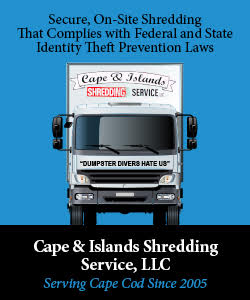By Scott Estabrooks
Recent tax legislation increased the number of companies eligible to use the cash basis method of accounting for tax purposes. For many taxpayers, using the cash method instead of the accrual method can create a significant deferral of taxes, increasing cash flow in the short term. This influx can provide the working capital needed to help fuel the growth of your business.
Cash Method vs. Accrual Method
Under the cash method of accounting, revenue is reported in the year the revenue is collected and expenses are deducted in the year they are paid. When using the accrual method of accounting, revenue is reported when earned, regardless of when received, and expenses are deducted when incurred, regardless of when they are paid. The cash method can provide a tax deferral for businesses that have receivables in excess of payables.
Before the recent changes, the use of the cash method was generally limited to C Corporations with average gross receipts of less than $5,000,000 and non-C Corporations that both carry inventory and have sales of less than $1,000,000 on average, or non-C Corporations where inventory is considered incidental to the sale, and with sales of less than $10,000,000 on average. Plus, personal service corporations (legal, accounting, healthcare, etc.) regardless of any gross receipts threshold can also use the cash method.
The new law simplifies these rules by increasing the gross receipts test to the following:
- C Corporations with average gross receipts of less than $25,000,000;
- Non-C Corporation businesses that carry inventory and have sales of less than $25,000,000, on average;
- Non-C Corporation businesses where inventory is considered incidental to the sale and with sales of less than $25,000,000, on average; and
- Personal service corporations (legal, accounting, healthcare, etc.), regardless of any gross receipts threshold.
As a result, most companies that have their prior three years of gross receipts average under $25,000,000 are allowed to use the cash method instead of the accrual method, which greatly expands the number of businesses that qualify to use the cash method.
Is the cash method the right choice for your business?
Making a change from the accrual method to the cash method can be an excellent tool in helping to reduce current taxes. This technique, however, is only a tax deferral, not a permanent reduction in taxes. Before making this election, consider when the deferred income might ultimately be reported, and what the tax rates might be at that time. Let’s assume the owner of a business is 35 years old and expects to run and grow the business for the next 30 years. It may make sense to defer the taxes for as long as possible and reinvest the tax savings over that time span, in order to leverage the current years’ tax savings. If the owner plans to sell their business in the next three years and retire, the deferral would be short lived and the owner may be better off reporting more income today, at the lower tax rates, than risk the chance of deferring the income to a year with higher tax rates. Please note: the owner is only deferring his taxes to the following year and will need to defer again in the following year if that plan is still deemed the best course of action. The owner will still owe the taxes on each of the previous years that are deferred.
As you can see, timing is everything. You should work with your accounting and financial advisory team to understand what the best option is for your company and your particular situation. In the current tax environment, some business owners are questioning if they should wait and reconsider when rates are higher. It is up to you to decide: is this right for me, right now?
Scott Estabrooks is a Partner at Citrin Cooperman and can be reached at 791.356.2000 or sestabrooks@citrincooperman.com























